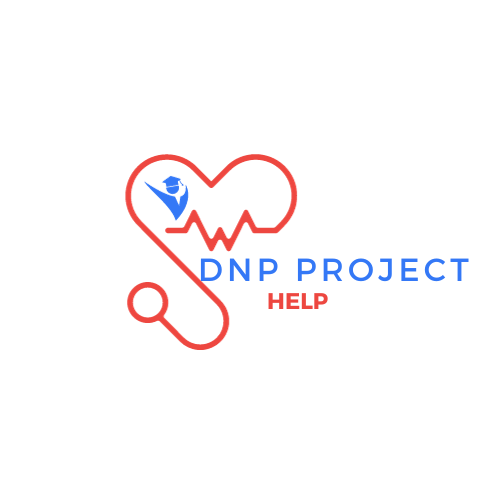
As a DNP student, you’ll complete a DNP project as part of your doctoral studies. Your project will involve planning, implementation, and evaluation. The first step is to identify a problem that needs a solution. This assignment will help you choose that problem, which will be the focus of your DNP project. Picking a topic might be difficult, but once you select one, you can build on it throughout the program to develop your project. Faculty recommend choosing a topic that interests you and will challenge you. Keep in mind that simply offering education or training (like an in-service or staff training) is not considered a DNP project.
The problem statement should provide more than just a brief sentence. It should include some background on the issue. You can create the problem statement by addressing these components:
- Lead-in: Introduces the problem.
- Declaration of originality: Explains why the project is needed by highlighting the gap between the current situation and the desired outcome.
- Explanation: Describes the value or benefits of the project.
- Indication of central focus: Clarifies what the project will achieve.
Alternatively, you can define the problem by answering: Who is affected? What is the issue? When and where does it happen? Why is it important to address? Right now, focus on identifying the problem, not on how you will solve it—that will come later when you review the literature.
Your literature review will be guided by a PICO question. This question helps you know what terms to search for and where to look for evidence for your project. In this assignment, you’ll work on both the problem statement and your PICO question.
Table of Contents
Assignments
You will create a problem statement for your population of interest, a PICO question, and a proposed search strategy for your literature review. The problem statement should be clear and concise, no longer than one double-spaced page. Label each part of the PICO question clearly.
For the proposed search strategy, include the databases you plan to use (at least three), the time period you will focus on, the language(s) for the search, and the search terms or combinations of terms you will use. If you plan to exclude any evidence, explain your criteria for doing so. Be sure to organize each section clearly.
Submit your document to your advisor for feedback. Once you get feedback, you can start your literature search. Make sure your paper follows APA format.
Problem Statement
| Criteria | Ratings | Pts | |
| This criterion is linked to a Learning Outcome Statement clearly describes problem of interest Format used describes problems of interest in sufficient detail for the reader to understand issues surrounding the problem and the reason the project was selected as an area of focus. | 6 pts Full Marks | 0 pts No Marks | 6 pts | |
| This criterion is linked to a Learning OutcomeScholarly writing Clear, concise (no more than 1 page double spaced), grammatically correct, follows APA format. | 4 pts Full Marks | 0 pts No Marks | 4 pts | |
| Total Points: 10 | |||
Appendix A
Question Templates for Asking PICOT Questions
INTERVENTION
In ________________ (P), how does ________________ (I) compared to ________________ (C) affect ________________ (O) within ________________ (T)?
ETIOLOGY
Are ________________ (P) who have ________________ (I) compared with those without ________________ (C) at ________________ risk for/of ________________ (O) over ________________ (T)?
DIAGNOSIS OR DIAGNOSTIC TEST
In ________________ (P), are/is ________________ (I) compared to ________________ (C) more accurate in diagnosing ________________ (O)?
PROGNOSIS/PREDICTION
In (For) ________________ (P), how does ________________ (I) compared to ________________ (C) influence ________________ (O) during/over ________________ (T)?
MEANING
How do ________________ (P) with ________________ (I) perceive ________________ (O) during ________________ (T)?
SHORT DEFINITIONS OF DIFFERENT TYPES OF QUESTIONS:
- Intervention: Questions about treating an illness or disability.
- Etiology: Questions about the causes or origins of disease and factors that contribute to a disease or disorder.
- Diagnosis: Questions about identifying and determining the cause of a disease or injury.
- Prognosis/Prediction: Questions about predicting the course of a disease.
- Meaning: Questions about how someone experiences a phenomenon.
SAMPLE QUESTION
Intervention: In elderly patients in acute care facilities (P), how do fall prevention programs with risk assessment (I) compared to fall prevention programs without risk assessment (C) affect fall rates (O) within one quarter after intervention (T)?
Prognosis/Prediction:
- For patients 65 and older (P), how does receiving the influenza vaccine (I) compared to not receiving the vaccine (C) affect the risk of developing pneumonia (O) during flu season (T)?
- In patients who have had an acute myocardial infarction (P), how does being a smoker (I) compared to being a nonsmoker (C) affect death and infarction rates (O) during the first 5 years after the infarction (T)?
Meaning:
How do parents (P) of toddlers diagnosed with a terminal disease (I) view their parenting role (O) during the first 3 months after the diagnosis (T)?
Must Read:


